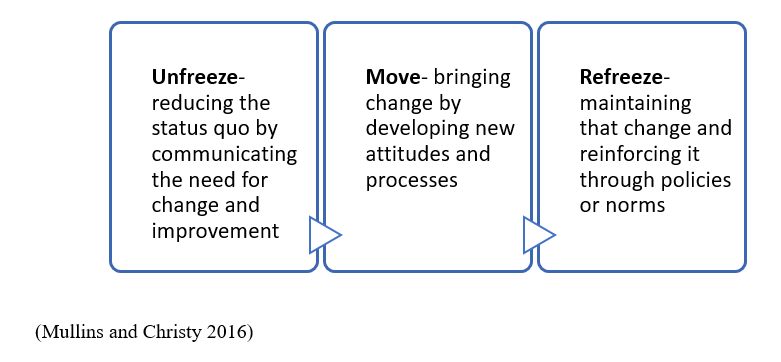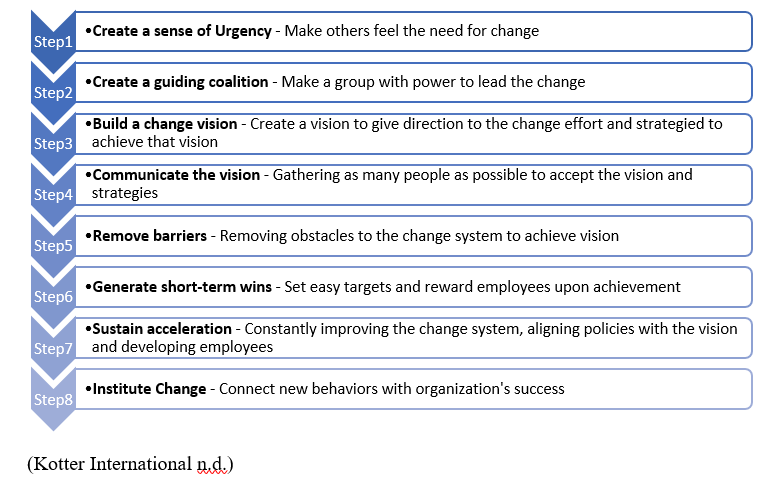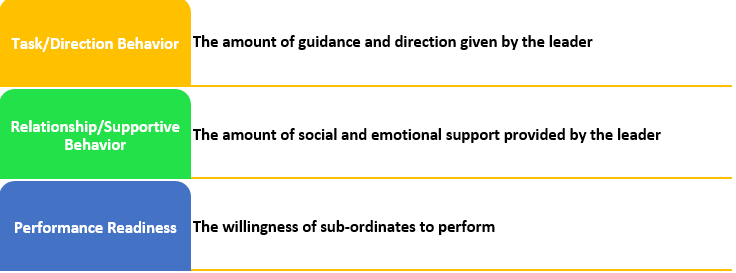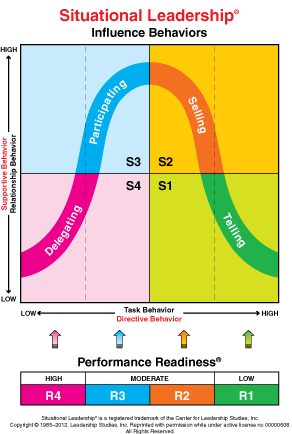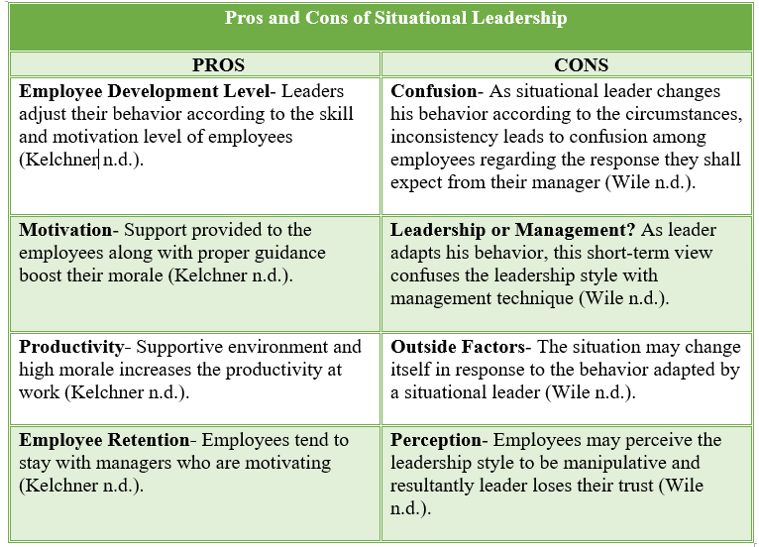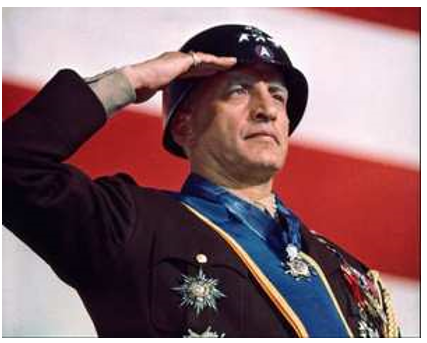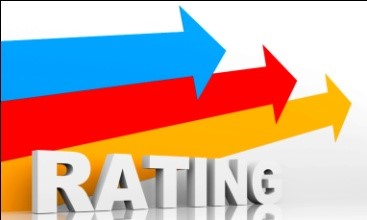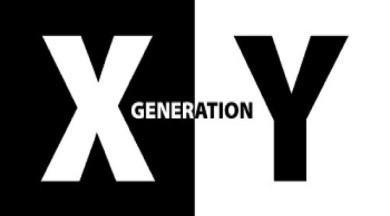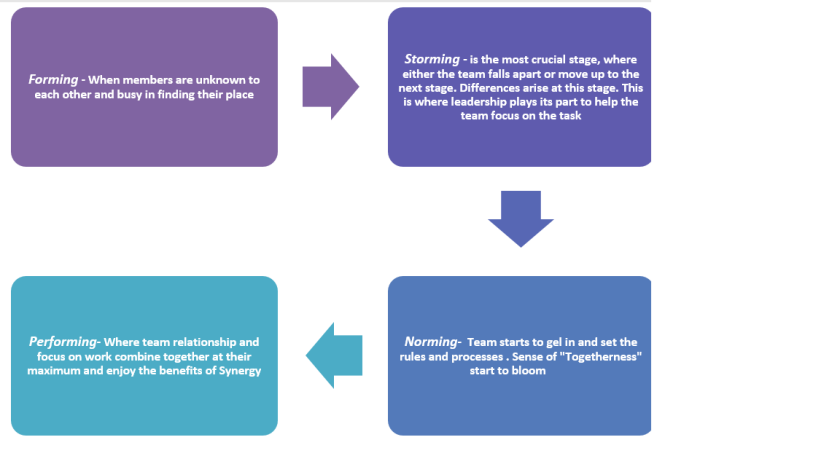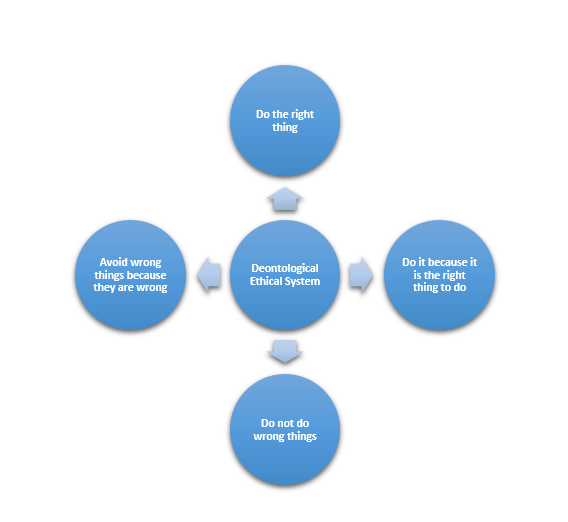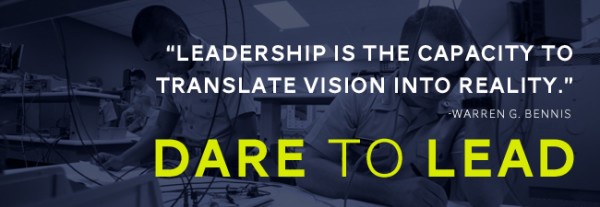
The success of leadership begins with the leader’s vision. History reveals that John F. Kennedy envisioned of putting a human on moon. Eleanor Roosevelt dreamed of equal opportunity provided to women and minorities. Wendy Kopp was a college student when she had a vision for betterment of American high schools by creating a cadre of young and passionate teachers (Ryan 2009). Having a strong vision is the key to bringing change through leadership. But the challenge lies in staying invested in that vision under all circumstances.
Everyone in his/her career work for a manager with different set of leadership skills. The leadership styles are broadly categorized under four leadership theories (Mind Tools n.d.):
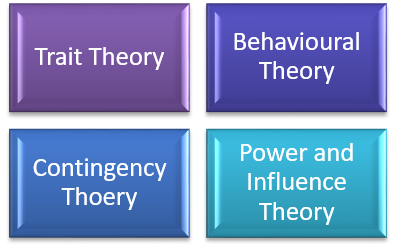

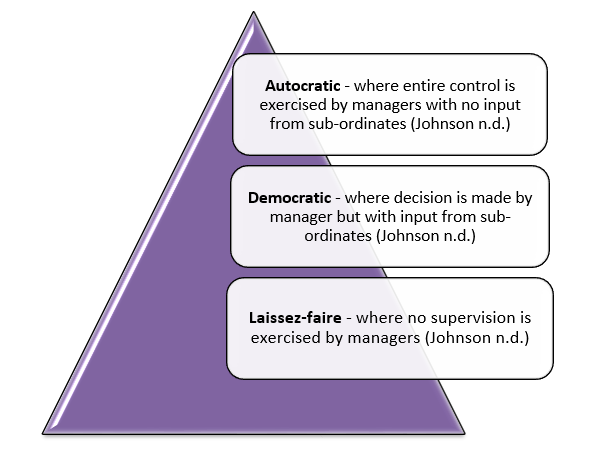

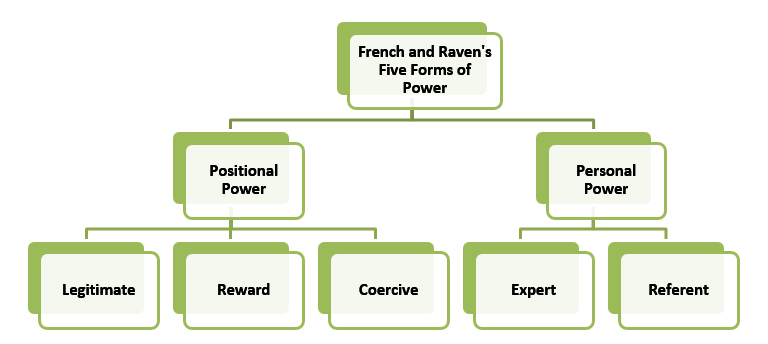
Other examples include Transactional Leadership which focuses on designing tasks and rewards system assuming people do things to gain rewards. (Mind tools n.d.).
(BSBM 2014)
My vision of leadership is to combine a number of leadership’s styles depending upon circumstances. Therefore, I am a supporter of Situational Leadership.

During my personal work experience as well as my student life, I have come across many leaders in the form of managers at work and lecturers in universities, each of whom have demonstrated distinct leadership styles. For example, one teacher demonstrated autocratic behavior by delivering the lecture and not welcoming questions. Whereas, the other teacher encouraged class room discussions to motivate the students. Similarly, I have worked for a manager during my early career stages who merely delegated the tasks and but never appreciated the efforts. On the other hand, my last senior manager had a mixture of leadership styles i.e. he was a situational leader. He used to be very welcoming at times, appreciating the input from other team members but sometimes he used to just delegate the task and have it checked upon completion. But he was very efficient in his work and also effective in managing his team.
Therefore, I believe that there is no single ideal of management style, as the best approach may vary according to circumstances and individual characteristic (CMI 2013).
My choice of Situational leadership is inspired by Jack Stahl, former CEO of Coca Cola and Revlon. Jack Stahl believes that leadership heavily relies upon the situation and circumstances. At one time of the day, he may focus on the long-term business goals and at other times, he may be focusing on minute details of the business. He is famous for delegating tasks to others and trusting his sub-ordinates but also taking steps back and exercising control as the situation changes (Anon. n.d.b).
As I approach the end of my MBA’s second semester, I can confidently say that I have learned many important aspects required to become an effective leader. I learned the significance of Ethical Leadership and the impact poor ethics can have on sub-ordinates and ultimately the business. In the end, it is the values demonstrated through leader’s actions that sub-ordinates will follow (Mullins 2016).
I have also learned the challenges a leader faces to manage a diverse team and whenever there is any change in normal course of operations. Benefits of having diversity at workplaces are out-numbered with business reputation and increased exposure being the most notable (Mayhew n.d.). Also, change management is a difficult process but a strong leadership tackles this challenge by carefully listening to the resistors and explaining to them the need for the proposed change (Lawrence n.d.).
During my first seminar of module Leading in a Changing World, I volunteered to be the team leader for the group activity named ‘Treasure Hunt inside the Liverpool station’. My team was named as Brainiac’s and comprised of members of different nationalities. The team had a number of tasks to perform in a very limited time. I lead my team by dividing the tasks among team members and asked them to contact the other members once they are done with their tasks so that they could assist others. I also set appropriate timings (5 minutes earlier than the deadline) by which we all returned to the campus and secured 1st position. Later on, all team members shared feedback and I was happy to see that my team members were comfortable working with me and gave positive feedback about my leadership. They were happy about careful planning and appropriate tasks given to them along with specific time to report.
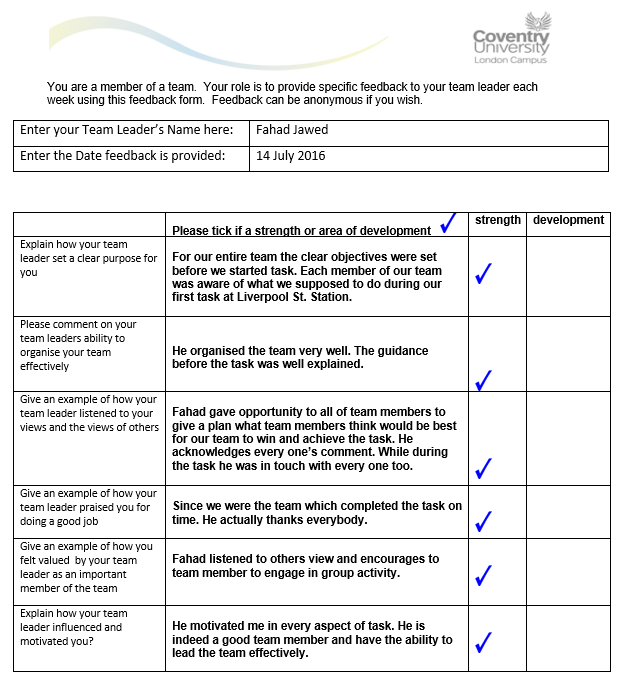
Activities such as above and my work experience has provided me with confidence that I have abilities to lead others effectively, keeping them motivated and getting the job done. However, there is always a room for improvement. And in my case, I think I need to work on quick decision-making when there is a time constraint so that proper guidance can be given to my sub-ordinates in a short span of time and get them on board.
References
Anon. (n.d.b) ‘Famous Participative Leaders’ [online] available from < http://www.adviseamerica.com/famous-participative-leaders/> [10 September 2016]
BSBM. (2014) ‘Core Theories of Leadership’ [online] available from https://www.youtube.com/watch?v=SRrC67py-4E [10 September 2016]
Lawrence, P. (n.d.)’ How to deal with Resistance to Change’ The Harvard Business Review [online] available from https://hbr.org/1969/01/how-to-deal-with-resistance-to-change> [9 September 2016]
Mayhew, R. (n.d.) ‘Why is Diversity in the Workplace Important to Employees?’ Huston Chronicle [online] available from http://smallbusiness.chron.com/diversity-workplace-important-employees-10812.html> [9 September 2016]
Mind Tools. (n.d.) ‘Core Leadership Theories’ [online] available from < https://www.mindtools.com/pages/article/leadership-theories.htm> [9 September 2016]]
Mullins, L. and Christy, G. (2016) ‘Management & Organisational Behaviour’. 11th Edn.UK: Pearson Education Limited.
Ryan, J (2009) ‘Leadership Success Always Starts with Vision’ the Forbes’ [online] available from http://www.forbes.com/2009/07/29/personal-success-vision-leadership-managing-ccl.html> [8 September 2016]



